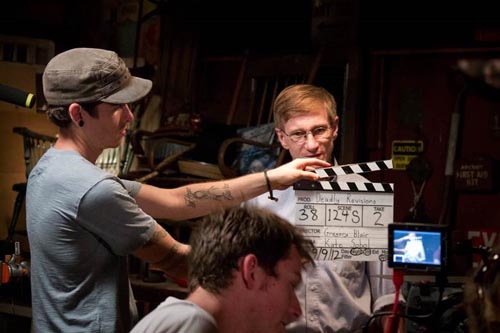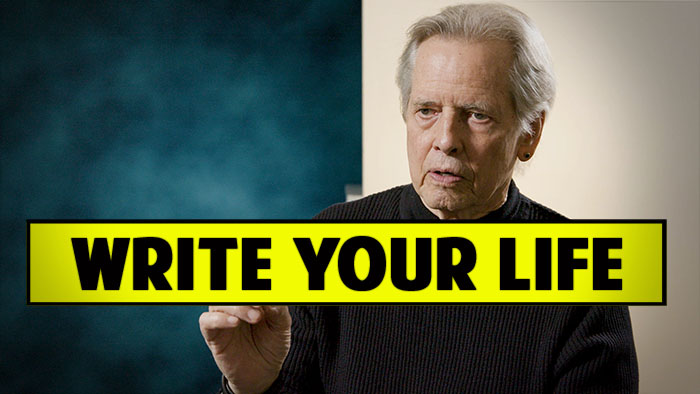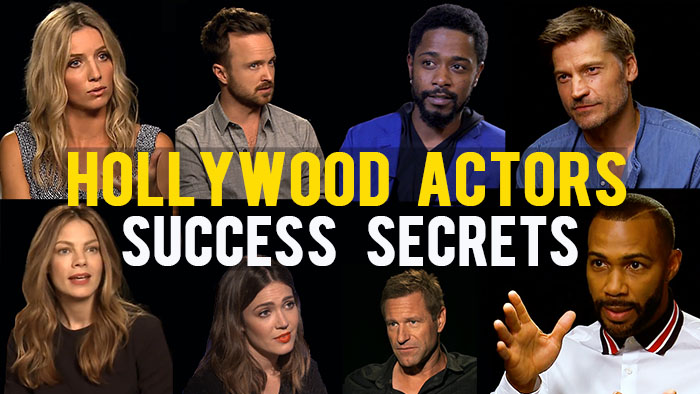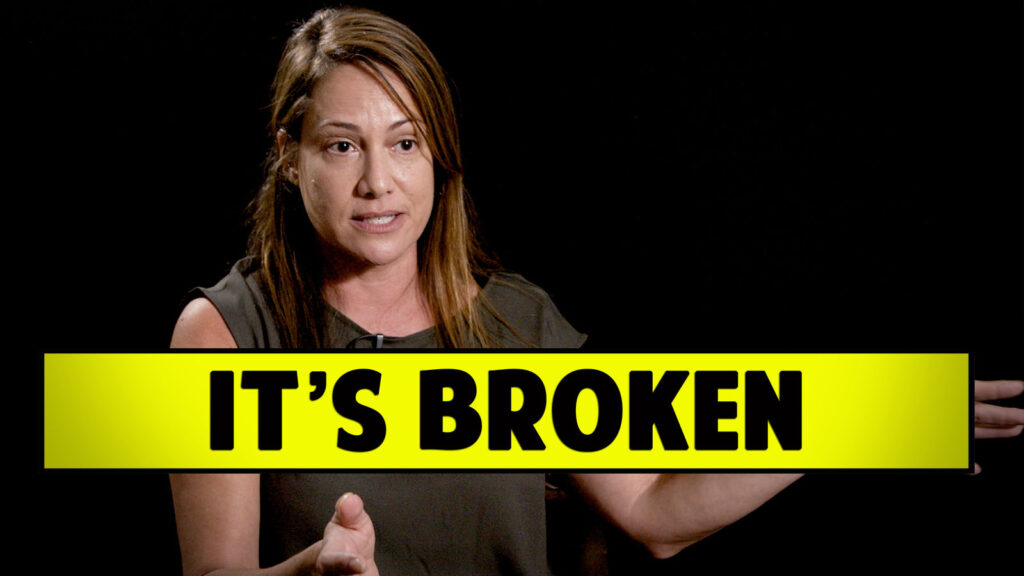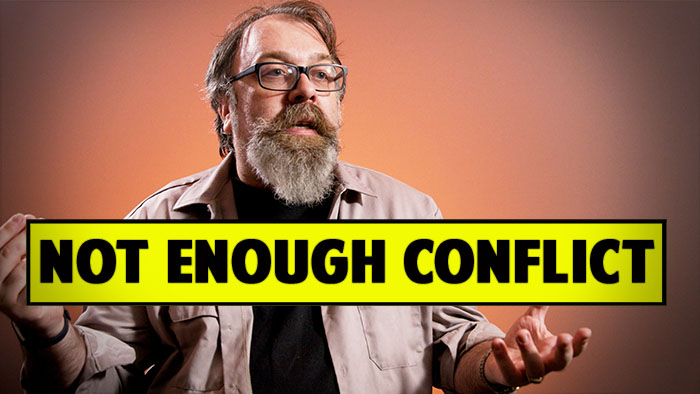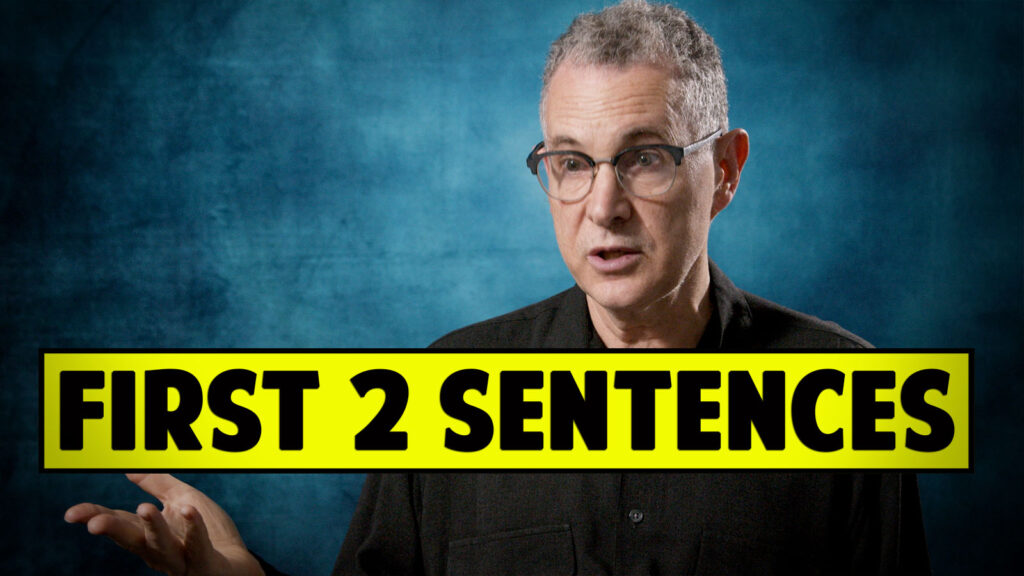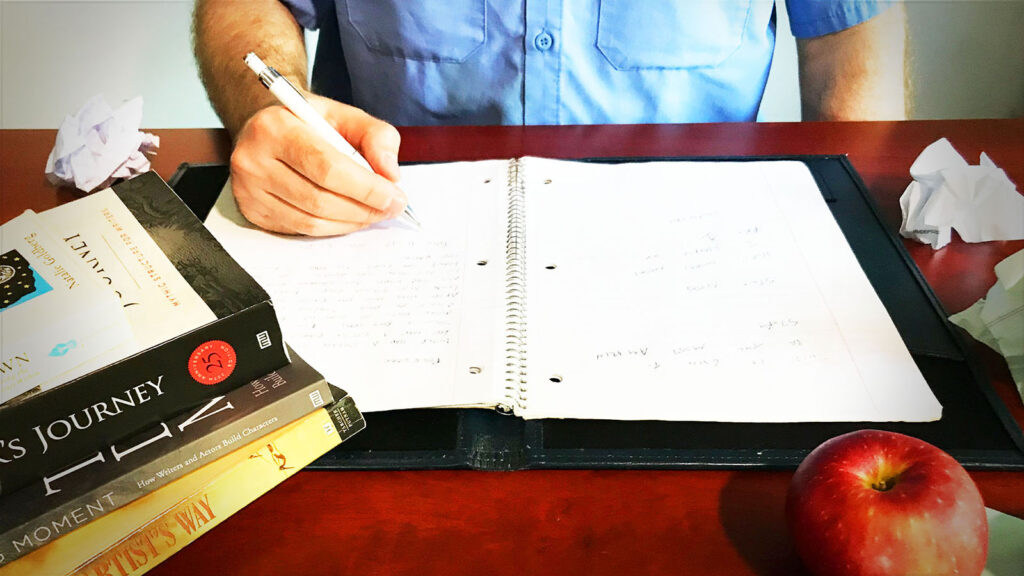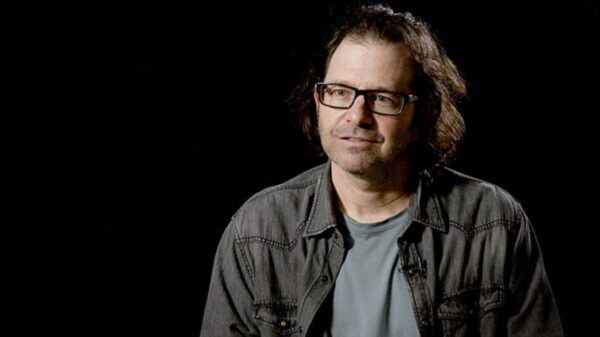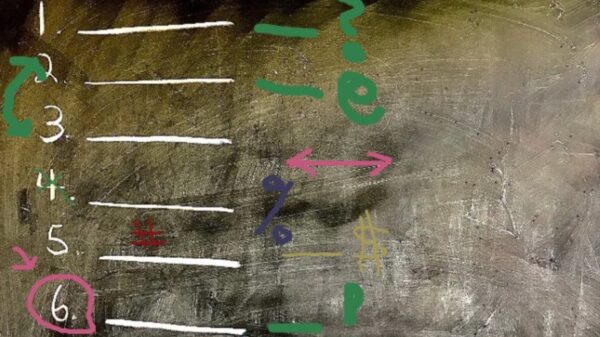
GREGORY BLAIR – ACTOR/WRITER/PRODUCER
Indie filmmaking has emerged as a well-known way for those not already entrenched in the studio world to get a movie made. There are those fairytale stories of inexpensive, do-it-yourself films that cost comparatively small sums and still proved–not just good–but box office gold. El Mariachi, The Blair Witch Project and Paranormal Activity are all Hollywood textbook examples. But do not be fooled: these are the exceptions. The brass ring of blockbuster success is not commonly caught by small time independent features and should never be the motivating factor behind attempting to make one; the love of the craft and the desire to share it are the only true reasons one should ever venture into what can best be described as an exercise in management, madness and magic. As an illustration, here are those three elements as I witnessed them take place first hand while making my thriller Deadly Revisions.
There are two kinds of management involved in the making of a film as I see it: the first is the management of the tangible and the second is the management of the theoretical. The tangible refers to things which, once obtained, don’t change much. Locations, crew, talent and such things all must be procured, prepared, positioned and/or otherwise managed so that they are what the production needs, and where and when it needs them. For example: our sound crew never changed, but they needed to be on set for all scenes except those that were shot MOS and they needed to be kept in the loop so they knew what we were shooting and if they needed to be ready to roll or not; so they needed to be managed, but they weren’t going to change.

Gregory Blair directing a scene from DEADLY REVISIONS

The cabin in the woods from DEADLY REVISIONS (also used in Friday the 13th; Part 4)

One window in the shed of DEADLY REVISIONS…with only a small sample of the dangerous tools within…
Thankfully, the madness is offset and redeemed by the magical. Occasionally, the magic steps in right after the madness rears its head. For example: after we learned our gaffer was in the hospital (with a good prognosis for full, if long, recovery), we discovered his roommate was also a gaffer, available and happy to step in. So we were back on track. Another example was the trombone shot I had planned. I wanted to use it as a nod to Hitchcock. (In fact, the shot is almost more often called the Vertigo Dolly.) But it was a flop. We tried several times and it just wasn’t working and I was very disappointed. But I said “Okay…instead of a Vertigo nod, let’s do an Evil Dead nod. So we did a different shot and, with the talent of leading man Bill Oberst Jr., the substitute turned out to be what I’m sure will be one of my favorite moments in the film.

Bill Oberst Jr. as Grafton Torn in DEADLY REVISIONS
Other times, the magic happens in a way that is totally unrelated to the madness. These happen by will or by whim. An example of the former is my getting the blocking set in such a way that, as a character mentions they might have a split personality, they actually catch their reflection in the window…so there really are two of them on screen—a visual manifestation of the schizophrenic idea. An example of magic by whim occurred when we got to do a few extra takes of a scene where I told Bill to play around a bit and he just happened to do a certain movement that perfectly foreshadowed events to come. It’s a subtle thing that people will only perceive unconsciously (or on a repeated viewing), but it’s another moment that’s become one of my favorites.
So there you have it: my long-winded thesis on indie filmmaking; that it’s an alchemical mélange of management, madness and magic. I hope my words prove helpful to some folks. The real take-away is that making a low budget indie film is so much work with so little chance of financial reward, you have to be doing it for another reason. I suggest love. But then, I’m a romantic and love is usually my motivating factor, anyway.
Cue sappy music.
And cut.
BIO:
Gregory Blair has been active in the arts for many years as an actor, writer and producer.
A Geoffrey Award winning actor, Gregory has graced the stage (Sylvia, Working, Six Degrees of Separation, etc.) the big screen (Camp Virginovich, Losing You, Samurai Avenger, etc.), and the small screen (Amazing Sports Stories, The Immoral Dr. Diquer, Alternate History, etc.).
As a writer, Gregory’s been represented on stage (Cold Lang Syne, The Last Banana and Nicholas Nickleby), and in prose offerings such as The Ritual, Little Shivers and the Stonewall Award winning Spewing Pulp. His screenplays have garnered lots of attention: Twisted Fortune is in development at 701 Productions and The Sisterhood just took top honors in the Horror Screenwriting Contest.
Gregory’s goal is to entertain and enlighten people to make the world a little bit better for his having been here. He’d love your help.
ABOUT “DEADLY REVISIONS”:
Tagline
Remembering can be murder.
Logline
Hypnotherapy and drugs are used to help an amnesiac horror writer, but are the terrifying images that surface real or imagined?
Synopsis:
Horror writer and filmmaker Grafton Torn awakens from a coma to find himself with a bum leg and a large section of his memory missing. His best friend Deter came to Grafton’s house in response to a strange phone call to find the front door open and Grafton lying at the bottom of the stairs.
To aide in the doctor’s orders of rest and relaxation, Deter offers Grafton his remote lakeside cabin. There, with the help of a hypnotherapist and medication, Grafton tries to piece together the missing memories. But nightmares haunt him…nightmares that blend possible memories with characters from his own horror films…nightmares that happen while he’s awake!
As the nightmares worsen, Grafton must try to sort out what’s real and what isn’t. Did he try to kill himself? Did he kill his wife? Is she back from the grave for revenge? He was sure he had control of his life, his imagination, his role in the horrors he created. But as scripts write themselves, hatchets disappear and people end up dead, Grafton begins to wonder who’s really in control.
Scrambling for answers, Grafton must face his own creations including a hooded figure, a possessed doll, a zombie and more before DEADLY REVISIONS rushes to its shocking conclusion and Grafton realizes the line between reality and madness is as thin as a sheet of blank paper.





